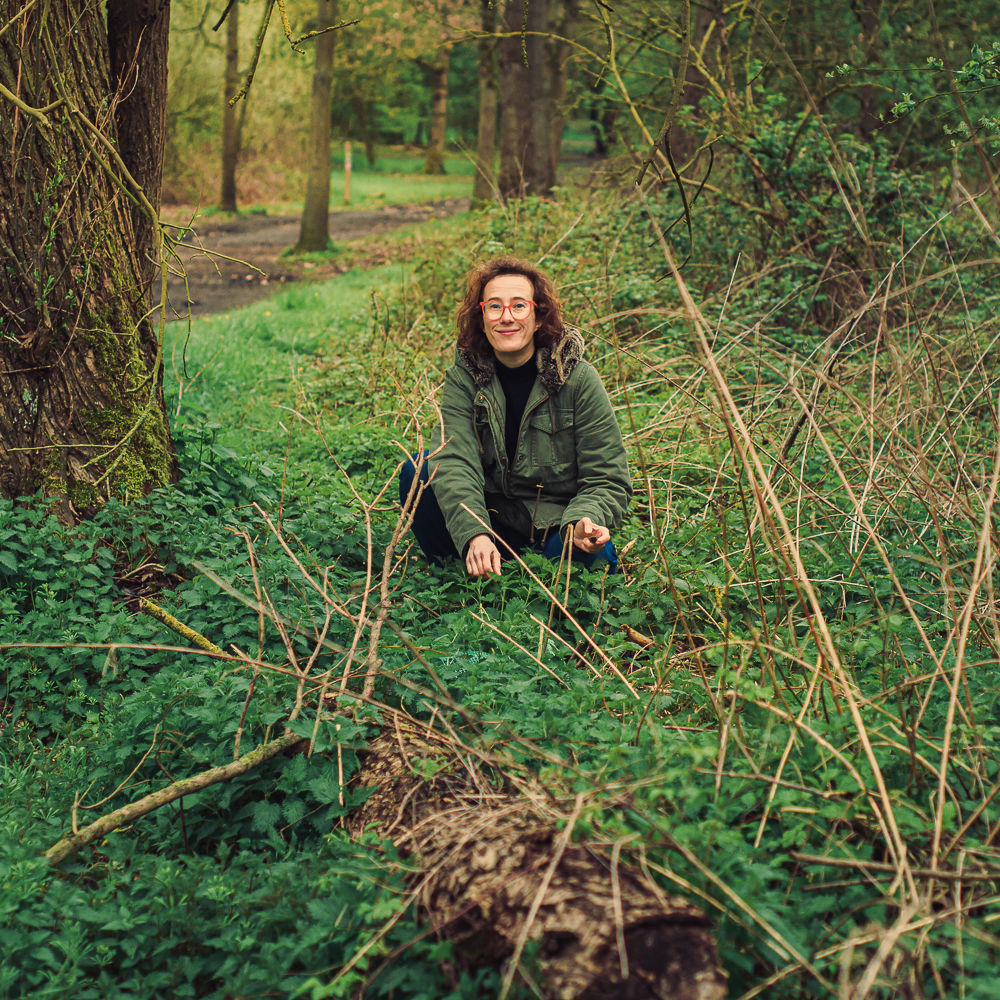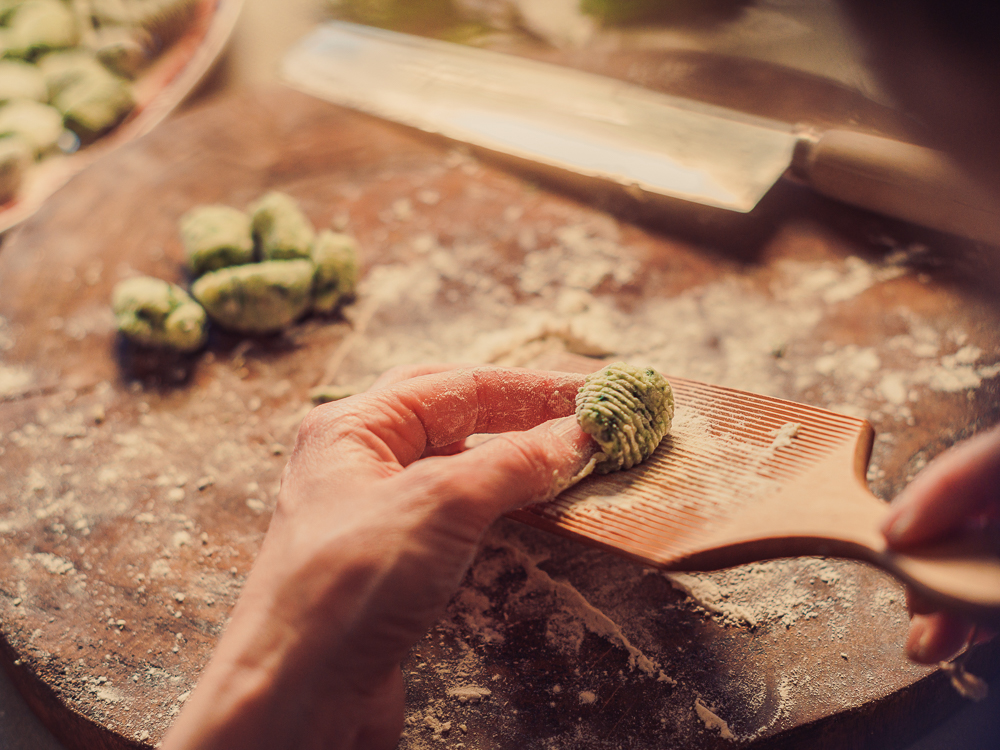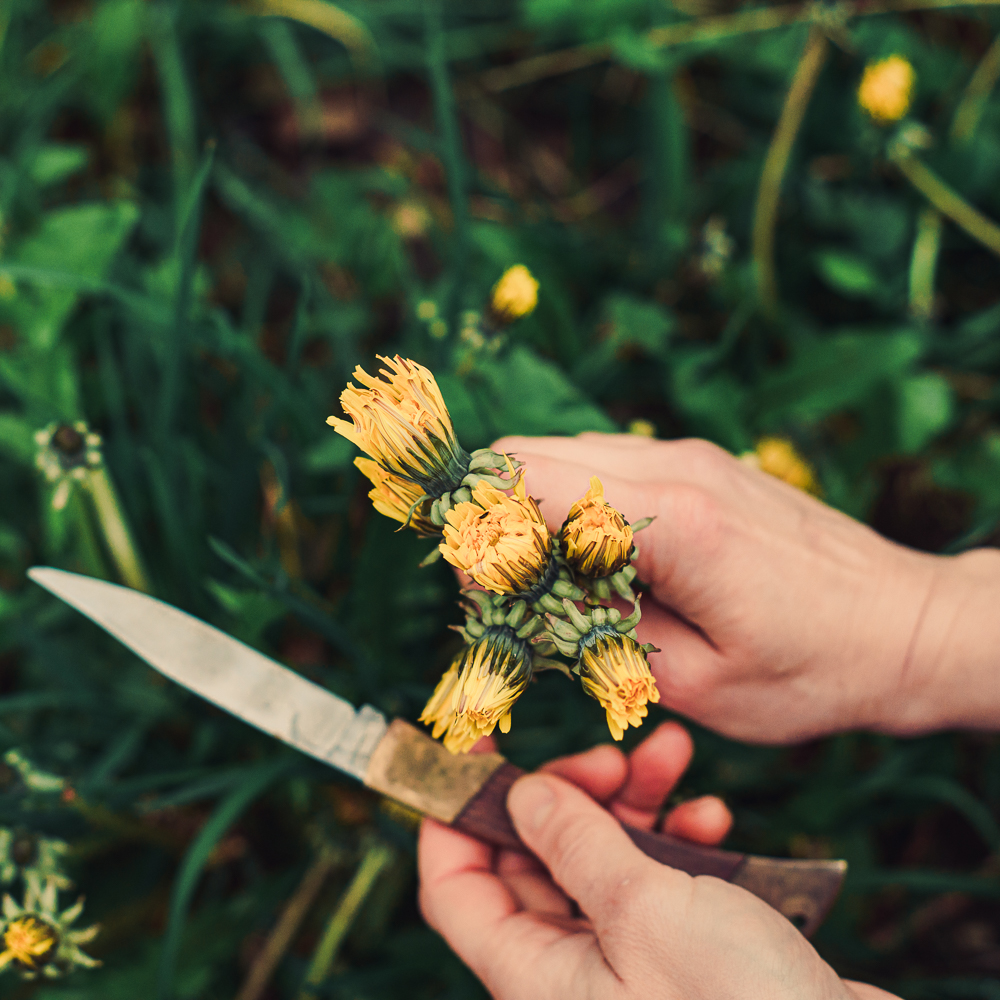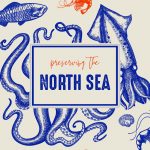Polder in Progress
With the development of the ring highway that loops around Antwerp, the village of Hoboken became a dumping ground. Millions of tons of displaced soil and waste that the construction produced had to go somewhere. Beginning in the 1960s trucks began filling in the unusable tracts of polders (en: marshlands) south of the city. Designers renamed the site “Polder City.” They wanted to use the reclaimed land for new industrial zones and bedroom communities. By the end of the construction cycle, the detritus had filled in much of the land.
In response, members of the community formed the Hoboken Polder Working Group. Their aim was to fight the development and destruction of the traditional environments along the Scheldt south of the city. Through community activism, scientific testing, which led to the discover of toxic substances in the water, and political intervention, awareness and public opinion began to change. Further Polder City development eventually slowed down. By the 1980s, dumping stopped. And after nearly twenty years of hard work, in 1996, 170 hectares of the original marshlands were officially recognized as a nature reserve in the city planning maps.
In the Weeds

Today, the space has been permitted to grow wild and with unexpected results. There are now fewer open meadows as before the dumping began. Instead, a greater variety of ecosystems have spontaneously emerged. In the lower sections you will find swamps and ponds. While higher up grasslands, young oak forests and more have appeared. This new growth now houses 500 types of plants and over 300 mushrooms. Visitors can observe a growing diversity of water fowl, birds of prey, and reed birds from protected viewing stations. And native frogs and amphibians are rebounding through out the region.
We took a 25 minute bike ride from the center of Antwerp this week to explore the 15km of trails at the Hoboken Polder. While there, as we have been tempted to do in the past, we wanted to find some local ingredients. With a spring harvesting guidebook in had, the search began. Sometime later, along the adventure trail, we began spotting nettles in larger and larger clumps. Recalling a product we once found in Italy, we decided to gather some. Our plan? To make some homemade gnocchi with the left over mashed potatoes still standing in the fridge.
Nettle Gnocchi

Preventing food waste has been Jennifer’s guiding philosophy for sometime. Because of the ongoing popularity of her blog Empty the Fridge, she recently gave a keynote speech at the Food Waste Fest in Brussels. So we have been reinvigorated to find new ways to counter the effects of food waste lately. Using the mashed potatoes was one element of that, but so was the foraging. Why don’t we eat nettles more often? Why were nettles in so many traditional recipes, but rarely used today? And why isn’t it available in grocery stores? Actually, food waste can occur at many places along the distribution chain. Our nettle gnocchi saves leftovers at the end of that chain. It also utilizes food that would have gone unharvested and unavailable in the chain.
It was a fun day hunting for greens in the woods and rolling out dumplings on a board. We paired our gnocchi with in season fish from a local fish market, but there are so many ways to serve it. Of course the most common pairing is a tomato-based sauce, but their season doesn’t line up with the best time to harvest stinging nettle. That’s in the spring. So we found some dandelions nearby and made some dandelion butter with a lemon and wine sauce. The results may not have been as bold as the rich tomato sauces my Sicilian heritage expects from a gnocchi, but it was bright and aromatic as spring in the marshlands of Belgium.

Nettle gnocchi
Equipment
- 1 gnocchi board
Ingredients
- 750 grams potatoes or leftover mash
- 170 grams nettle tips or young leaves
- 2 egg yolks
- 150 grams white flour
Instructions
- Remove the stems of the nettles. Wash and blanch them and squeeze them dry. Chop the blanched nettles.
- Boil the potatoes in salted water until soft. Drain and mash the boiled potatoes together with the blanched nettles. Season to taste with additional salt pepper and nutmeg.
- Add the eggs and flour and bring the mixture together to form a smooth dough.
- Divide the dough into several pieces and roll them out to a long roll with a diameter +/- 2cm. Cut the rolls into pieces of +/- 2,5 cm long.
- Use your fingertip to roll a piece of dough against the gnocchi board. You want small ridges on the outside and an indentation on the inside. Place the rolled gnocchi on a baking tray and dust them lightly with flour.
- Boil salted water in a large saucepan. Gently drop the gnocchi into the boiling water. As soon as they rise to the surface they are done. Remove them with a slotted spoon and drain well.
- Arrange the cooked gnocchi on a warm serving dish and serve with nettle pesto sage butter or a tomato and nettle sauce.





Recent Comments